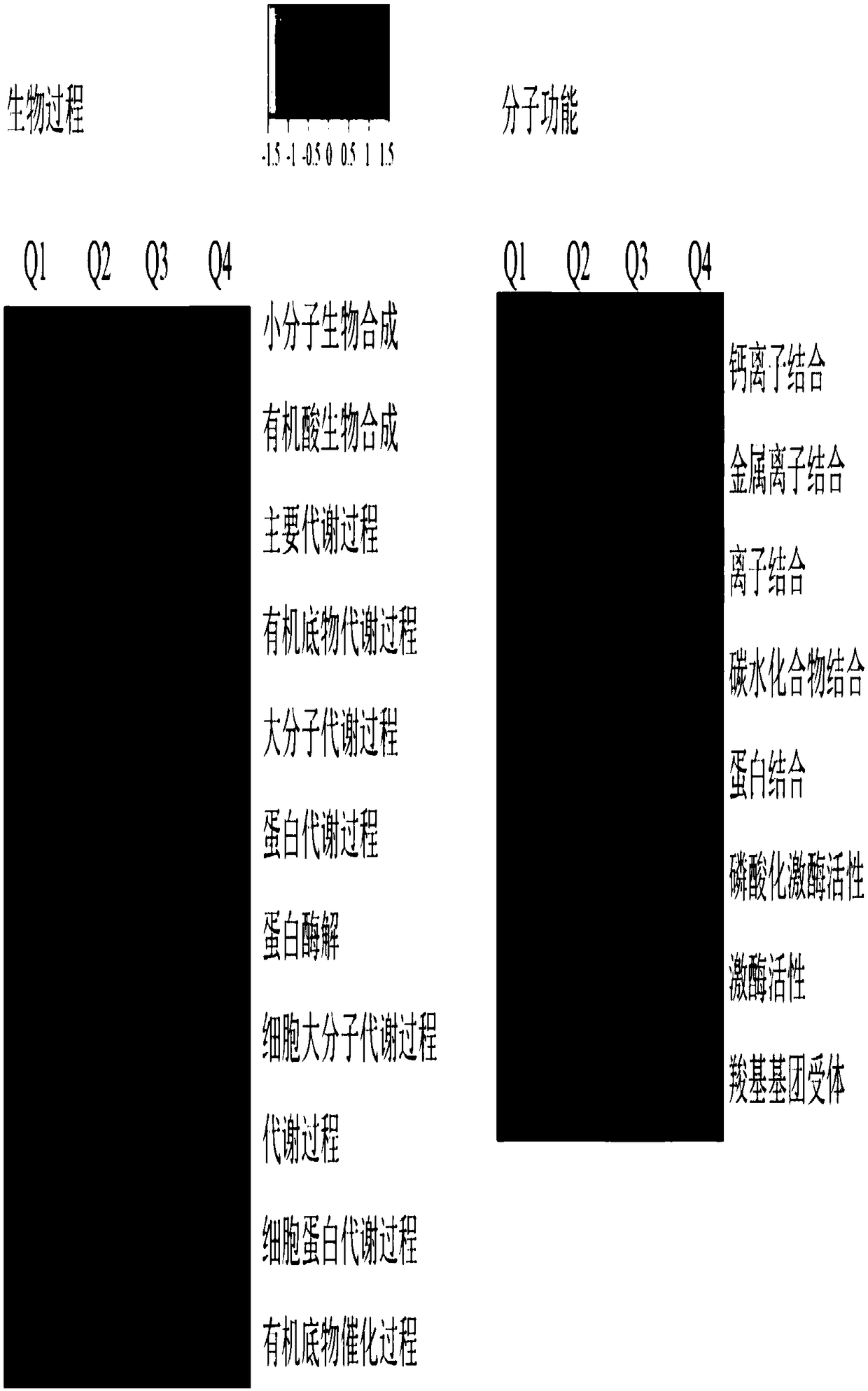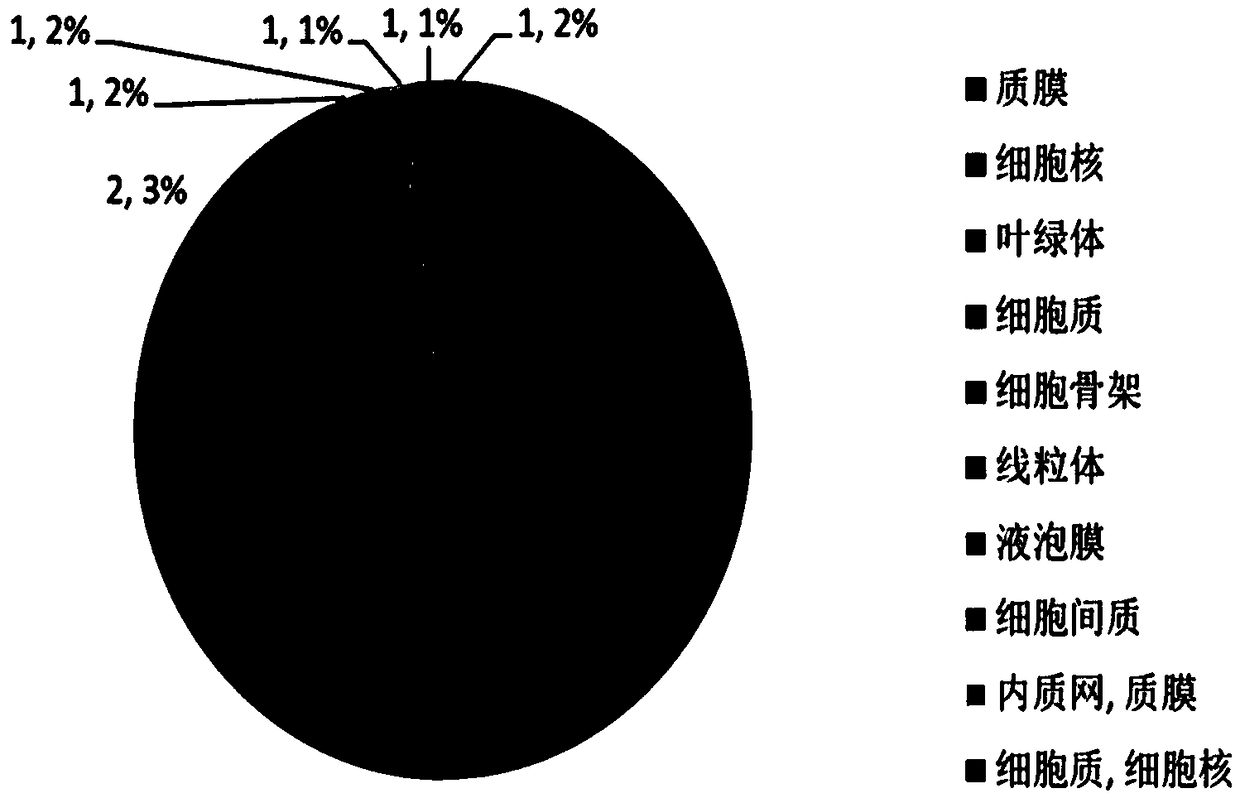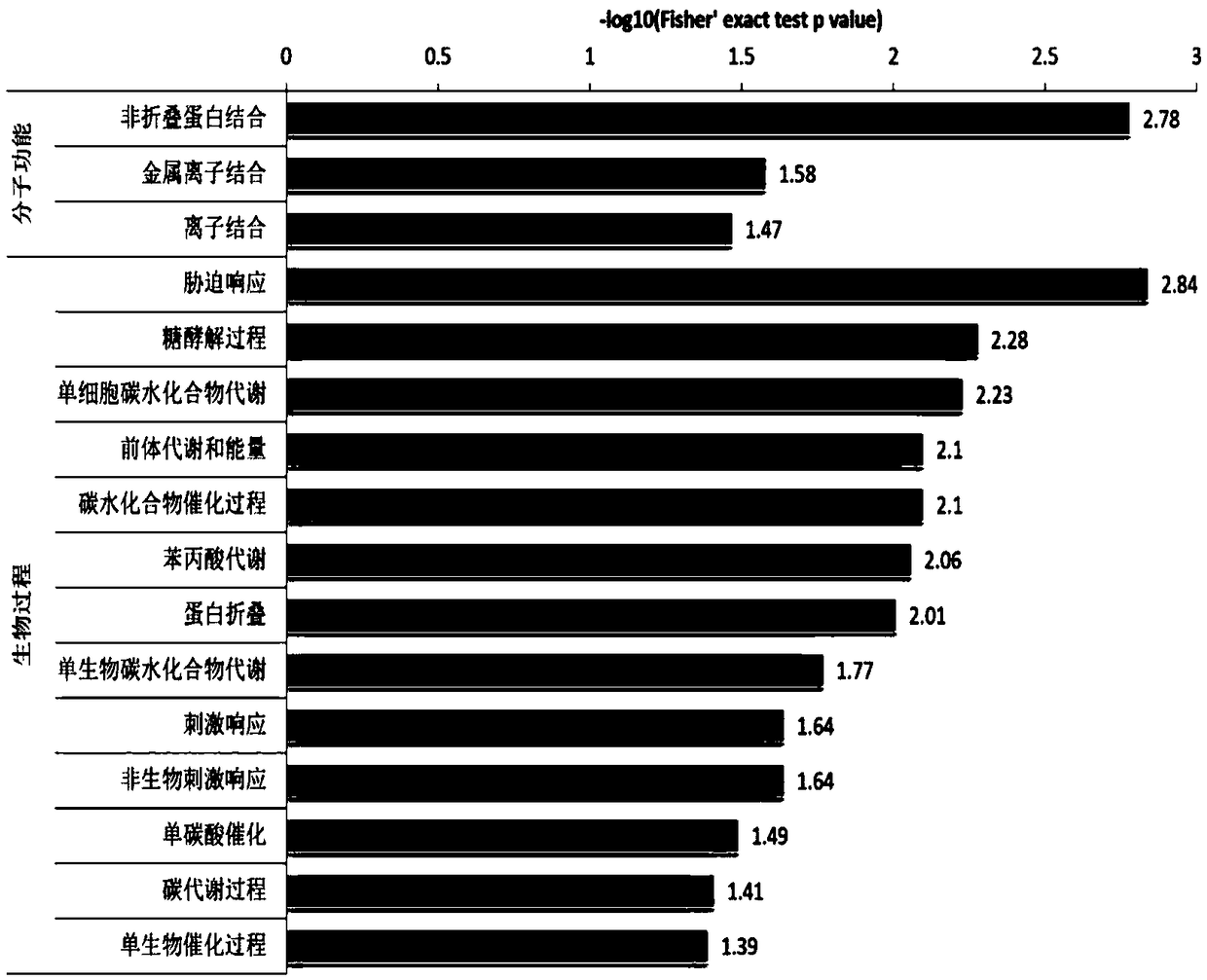Method for analyzing and judging grafting success rate of carya cathayensis sarg through proteome succinylation
A technology of succinylation and proteomics, applied in the field of plant cultivation, can solve the problems of grafting effect prediction and intervention, grafting process cannot be monitored, and the cycle is long
- Summary
- Abstract
- Description
- Claims
- Application Information
AI Technical Summary
Problems solved by technology
Method used
Image
Examples
Embodiment 1
[0038] Example 1 Types and sites of succinylated proteins in the survival process of pecan grafting
[0039] The hickory grafted joint was used as the experimental material of this study. The experimental material was derived from the grafted seedlings of the 2-year-old rootstock and the 1-year-old scion. The sampling site was the joint between the rootstock and the scion. For 0 days and 7 days after grafting, the cells on the joint surface of the rootstock and the scion were scraped with a razor blade during sampling, the proteins were extracted, and sequenced.
[0040] A total of 259 succinylation sites were identified in 202 proteins by HPLC combined with tandem mass spectrometry. These proteins are involved in a variety of biological processes and have a wide range of representation. At the same time, the differential expression analysis of pecan succinylated proteins was completed, and 1.2 times was set as the threshold for up-regulated proteins, and 0.83 was set as the ...
Embodiment 2
[0051] Example 2 Annotation results of pecan succinylated proteins
[0052] We categorized all pecan succinylated proteins with functionally enriched properties according to quantitative expression levels. All quantified pecan succinylated proteins were divided into 4 categories: up-regulated by more than 1.5 times (Q1), up-regulated by 1.3-1.5 times (Q2), down-regulated by more than 1.5 times (Q4) and down-regulated by 1.3-1.5 times (Q3 ). After statistical analysis, the results showed that a total of 7 pecan succinylated proteins belonged to the Q1 category, 12 pecan succinylated proteins belonged to the Q2 category, 17 pecan succinylated proteins belonged to the Q3 category, and 14 pecan succinylated proteins belonged to the Q3 category. Succinylated proteins fall into the Q4 category.
[0053] In order to further study the biological function of pecan succinylated protein, protein function annotations were performed on the obtained pecan succinylated protein, which inclu...
Embodiment 3
[0059] Example 3 Identification of Pecan Succinylation Site-Specific Amino Acids
[0060] As identified by the Motif-X software, a total of 259 sites of 202 proteins are succinylated, and the motifs of succinylated specific binding sites include 4 types, namely:······KP···· ·········K·E································K····················································································· ····, their matching coefficients (Motif Score) are 16.00, 16.00, 17.50 and 9.98 respectively. The present invention first discovers multiple motifs in pecan succinylated proteins, which have not been reported in other species before. Different species have different succinylation motifs, and studying the differences in motifs can help to distinguish the differences in succinylation between species. The results of our examples show that the motifs of the amino acid sites of succinylation in pecan are unique to this species, and they are related to the biological characteristic...
PUM
 Login to View More
Login to View More Abstract
Description
Claims
Application Information
 Login to View More
Login to View More - R&D
- Intellectual Property
- Life Sciences
- Materials
- Tech Scout
- Unparalleled Data Quality
- Higher Quality Content
- 60% Fewer Hallucinations
Browse by: Latest US Patents, China's latest patents, Technical Efficacy Thesaurus, Application Domain, Technology Topic, Popular Technical Reports.
© 2025 PatSnap. All rights reserved.Legal|Privacy policy|Modern Slavery Act Transparency Statement|Sitemap|About US| Contact US: help@patsnap.com



